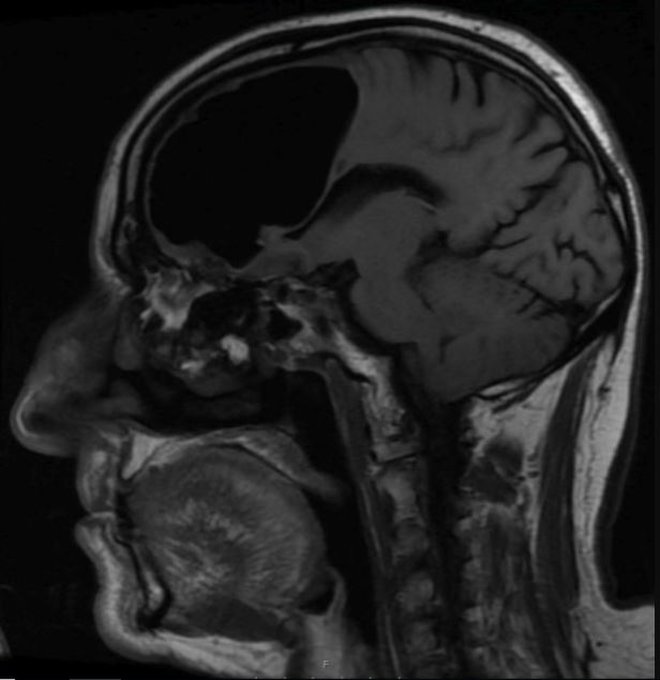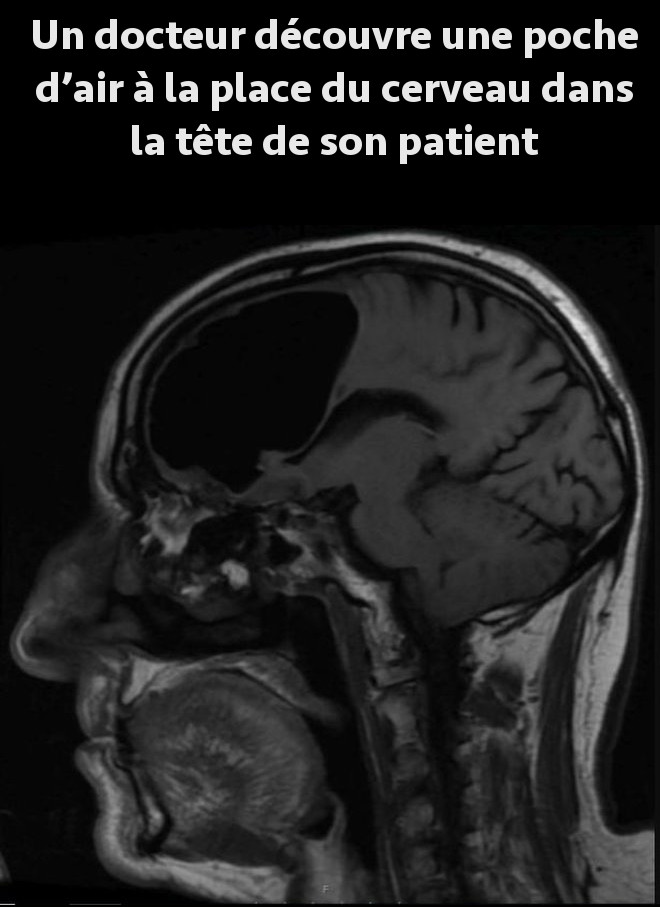Un patient de 84 ans arrive aux urgence avec des problèmes qui sont récurrents chez les personnes de son âge. Il a reporté à son médecin qu’il se sentait instable ses derniers mois et qu’il est victime de chute répétée. 3 jours précédant sa visite médicale, son bras et sa jambe gauche s’étaient sensiblement affaibli.
Voir aussi:
Le patient dans son dossier médical est un non-fumeur, il boit rarement et l’examen de sang ne révèle aucune anomalie.
“Il n’y avait aucune confusion, faiblesse faciale, trouble visuel ou de parole”, ont déclaré les médecins dans un résumé de l’affaire de l’homme publié le 27 février dans le journal médical BMJ Case Reports. “Il était par ailleurs en forme et en bonne santé, indépendant avec les activités physiques de la vie quotidienne … et vivait à la maison avec sa femme et ses deux fils.”
En bref les docteurs n’ont simplement rien trouvé d’anormal après les analyses requises. Ils étaient sur le point de déclarer que le patient n’avait aucun problème physique sur le plan médical lorsqu’ils font un dernier examen.
C’est après le CT scan et l’ IRM qu’ils ont fait une découverte alarmante : là où une grande partie du lobe frontal droit de l’homme aurait dû être, il y avait simplement un grand espace vide.

Crédit: BMJ Case Reports
Les causes
Insolite: Les chimères que les hommes ont créés et leurs raisons d’êtres
“Nous étions tous très perplexes par les images que nous avons vues !” a déclaré au Washington Post dans un e-mail, Finlay Brown. Un médecin qui travaillait à l’urgence à l’hôpital de Causeway en Irlande du Nord.
Brown estime que le patient pourrait avoir le pneumocephalus ou la présence de l’air dans son crâne qui est trouvé dans « environ 100% de cas après une opération de cerveau ».
“Dans mes recherches pour la rédaction du rapport de cas, je n’ai pas pu trouver beaucoup de cas documentés de nature similaire à celle-ci”, a déclaré Brown à The Post.
La cause de ce qui semblerais être pneumocephalus est révélée par le IRM. il s’agissait d’un ostreoma ou une sorte de tumeur bénigne de l’os découvert dans la boîte crânienne du patient. Cette tumeur par sa situation s’est comportée en se développant comme une valve à sens unique faisant entrer l’air dans le crâne de sa victime.
“En parlant aux spécialistes, il semble qu’elle a progressé insidieusement au fil de mois aux années”, a déclaré Brown. “Quand le patient reniflait, éternuait ou toussait, elle aspirait probablement de petites quantités d’air dans sa tête.”
Le cas est heureusement traitable par des opérations permetttant de traiter la tumeur d’une part et aspirer l’air capturé d’autre part. Le patient a refusé les deux solutions à cause de son âge avancé et ses divers problèmes de santé. Il est donc renvoyé chez lui avec des traitements permettant de prévenir l’AVC secondaire.
12 semaines plus tard le patient a signalé qu’il ne ressentait plus de problèmes de faiblesses ou de chute et assurait qu’il va bien d’après son étude de cas.
Brown a dit au LiveScience qu’il voulait publier cette étude de cas pour souligner “l’importance d’une enquête approfondie, même du plus commun des symptômes”, car les chutes et les déséquilibres fréquents d’un octogénaire auraient facilement pu être annulés.
“Parce que de temps en temps, il y aura une causalité rare [ou] inconnue de celles-ci qui pourraient être négligées”, a-t-il déclaré au site d’informations scientifiques.
Articles recommandées:

